The ‘Hawaii of Europe’ is full of surprises
Early visitors to this stunning archipelago encountered savage dogs and people who spoke in whistles. Today, the curiosities keep millions coming back.
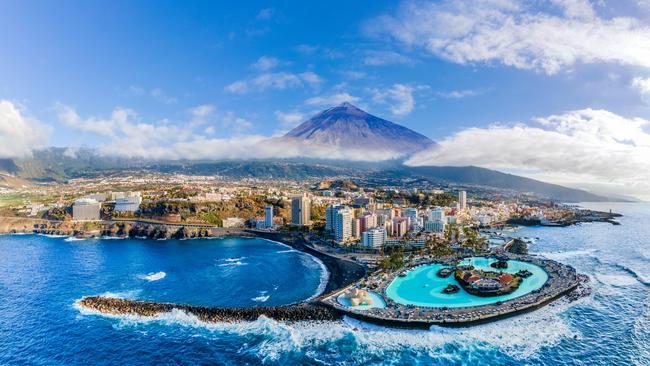
You’ve got to love a place where the official anthem is The Hymn of the Canaries. The homeland of this fine feathered serenade is a cluster of volcanic sea mounts that jut from the ocean like the last dreaming towers of Atlantis. The Canary Islands brim with curiosities, starting with the name.
Early navigators had encountered large savage dogs on these Atlantic islands off the west coast of Africa. Roman historian Pliny the Younger noted their find in his writings and the archipelago became known as Canariae insulae, Islands of the Dogs. Later, thanks to a blur of homonyms – in Latin, Spanish and English – the canines grew wings, so to speak, and turned into canaries, resulting in the modern names, Islas Canarias or Canary Islands, aka the Canaries.
We join the compact Windstar Cruises ship Star Pride on Gran Canaria Island. With 300 passengers on board, Captain Krasimir Ivanov heads the sleek, needle-nosed vessel out to sea for our eight-day cruise. We’ll explore three of the seven main Canary Islands and Portugal’s Madeira before disembarking in Lisbon.
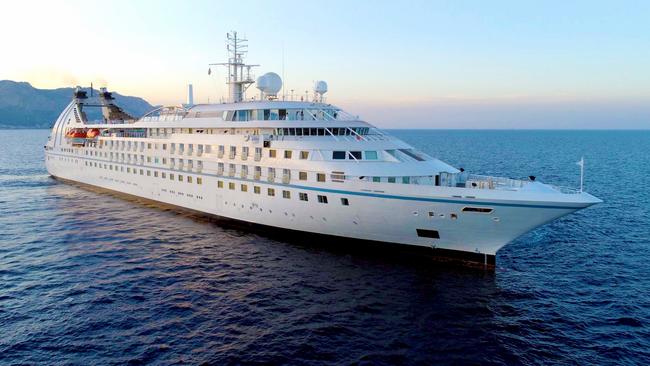
Lava trekking in Lanzarote
“Walking on the moon” might evoke an old Police song but we’re trekking, not swooning across lunar-like dunes of black lava. Lanzarote, the Canaries’ easternmost island 120 km off the coast of Morocco, is our first port of call. Its UNESCO-listed Timanfaya National Park could pass for a moonscape in any movie.
The cones, craters and lava tunnels that pockmark the 500sq km biosphere reserve are remnants of volcanic cataclysms in the 1730s and 1824. Cactus, lone palms and bursts of red bougainvillea punctuate the waves of glittering pumice. Sere, foreboding and all strangely beautiful.
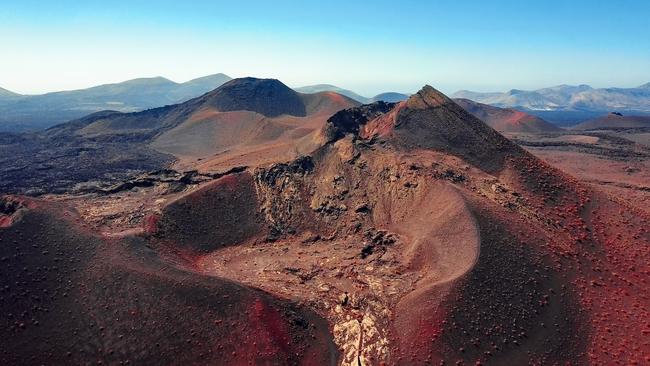
Ancient dry-stone walls snake across the landscape. Behind them are hundreds of crescent-shaped hollows dug by early settlers in a bid to trap precious moisture for their grapevines. Unable to turn lava into pasture or crops, it looks as though they just opted for alcohol, perhaps to forget how wretchedly hard island life was. Their gnarled “lava wine” vines live on, mostly abandoned, but with some surviving for centuries.
Life on Lanzarote is easier these days. We see modern villages of near-identical white buildings that suggest Ikea has flown over and delivered flatpack home kits to everyone. Our guide points out subtle differences in the houses: “Blue shutters mean that it’s a fisherman’s home and green ones, a farmer’s.” Both occupations, however, are increasingly marginal, with many island families now working in hospitality.
Our ride, the recently lengthened and fully refurbished Star Pride is a premium – as opposed to ultra-luxury – vessel. With cool, muted decor, it is casino-free and devoid of chandeliers, water slides and a kids club. The little big factors that enhance a cruise are all on board: smart hotel crew, quality coffee, well-maintained gym and a choice of restaurants and bars. My roomy ocean-view accommodation resembles a compact hotel suite with a huge seafront picture window. There’s fast Starlink internet and a proper bathroom rather than a phone booth with taps.
San Sebastian de La Gomera
San Sebastian de La Gomera, the next port of call, is the smallest island in the archipelago. Our guide here divides Canaries (and Spanish) political history into two eras, pre- and post-1975, the year when, as she cheerfully puts it, “General Franco went to hell”. More change followed with the advent of tourism in 1980, which saw young islanders start to move away from hardscrabble, small crop farming. Tourism today generates more than a third of the Canaries’ GDP. To achieve this the population of 2.2 million people accommodate 14 million visitors each year. For good reason the Canaries are called The Hawaii of Europe.
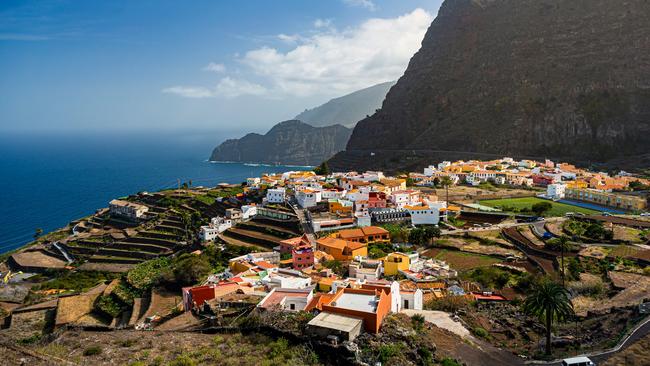
We drive, ascending La Gomera’s steep, ancient terraces towards the UNESCO World Heritage-listed Garajonay Laurel forest. En route the guide reveals an unexpected aspect of the pushback against mass tourism. Water, she explains, is scarce and the island’s farmers have to compete for supply against resorts with swimming pools and guests “who take three to four showers a day”. The unspoken toll of overtourism is apparently excess bathing.
Christopher Columbus’s three tiny ships set out from La Gomera in 1492, seeking the New World. While here they would have heard the island’s indigenous Berber Guanche people use a unique whistled language to communicate over long distances. Known as Silbo Gomero, the skill was adopted by Spanish settlers but by the late 20th century it was heading for extinction. An enlightened local government saved the day by adding sibilant speech to the island’s school curriculum.
Cruising Tenerife
It works. At a rural restaurant a waiter demonstrates, whistling our names in different notes. Polysyllabic monikers such as Veronica or Alexandra sound far more melodious than a plain, one-note Jane or Jack. Farmers still use it but there are more contemporary applications, such as when our waiter literally whistles up “another bottle of white wine”.
We cruise to nearby Tenerife, the largest and, with 900,000 residents, most populous of the islands. The Fuji-like cone of its snow-capped Mount Teide looms above us to 3718m, making this Spain’s highest peak. Star Pride docks at Santa Cruz de Tenerife, the Canaries’ historic “grand dame”, co-capital and political hub. It’s impossible to miss a dramatic harbourfront structure, the Auditorio de Tenerife opera house, which resembles Sydney Opera House about to be engulfed by the lip of a huge concrete wave arching above.
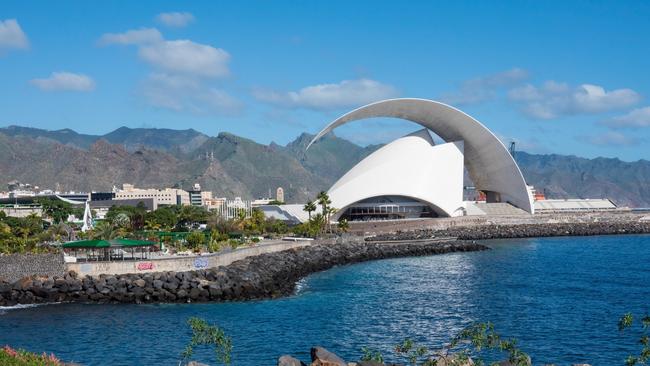
At the heart of San Cristobal de La Laguna, Tenerife’s second city, is a World Heritage treasury of 17th and 18th-century Iberian buildings ranging from aristocratic courtyard mansions and classic churches to an ornate bishop’s palace. Wandering off from our walking tour, I find the Museum of Nature and Archaeology and its surprising display of mummies of the islands’ original inhabitants. The Guanche people battled for decades against Spanish rule before being defeated in 1496.
Dining in Madeira
As we head to Madeira 400km north, there’s time to dine. Throughout the cruise I’ve grazed in the Yacht Club bar, lunched at the Star Grill barbecue, gone Spanish at Cuadro 44 restaurant (despite the over-sugared sangria) and relished the grilled snapper at Candles on the Deck, all on repeat cycle. Fine dining happens indoors at Amphora, where dishes nominated by noted chefs from the US-based James Beard Foundation are the menu standouts. For me it is the fillet of branzino followed by red berry trifle. The wine list, comprising mostly northern hemisphere offerings, is extensive but lacking in obvious Canarian or Madeira options.
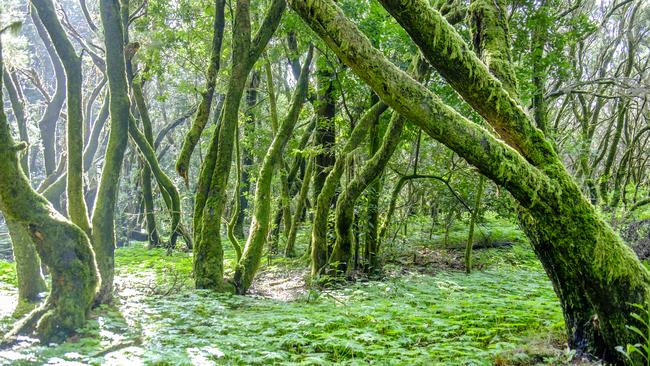
If so inclined, a gourmand could graze almost around the clock. There’s even a free ice-cream machine, but Star Pride’s diners are a discerning lot and I don’t see, as I once did on another vessel, a passenger bail up the captain and ask, “What time is the midnight buffet?”
Madeira is famously an island of wood and wines, of grand botanical gardens and baffling (for me) Portuguese syllables. Home turf, too, of the brilliant footballer Cristiano Ronaldo. From its spectacular Cabo Girao sea-cliff lookout (the second highest in the world) we peer vertiginously through a glass-floored skywalk to the shoreline 560m below. To tweak a phrase, it’s a long way from the top.
Cable car over Funchal
For a different bird’s-eye view, a friend and I ride the cable-car that leisurely climbs above the capital, Funchal. Pantile roofs, backyard farms and cedars drift below as we levitate to the summit village of Monte. Old aristocratic estates and, predictably, a chapel, crown the hill but more striking is the spectacle of how some visitors descend from Monte.
Propped aboard what resembles a large wicker laundry basket with wooden skids, they hurtle downhill at alarming speed for several winding kilometres. Basically, tobogganing without snow. It’s a leftover colonial-era thrill, with each two-person basket (case) steered by a pair of white-uniformed, straw boater-wearing Madeiran gents who hang off the rear while braking with their feet. “I go through a pair of shoes every two weeks,” one of them tells me.
It’s time to set course for Lisbon and farewell, but as we depart Funchal I see a tiny wooden vessel on the harbour, a replica I suspect of Columbus’s Santa Maria. At a mere 19m it could bob in the swimming pool of the behemoth, 5000-passenger mega-liner at the nearby pier.
In the know
Windstar Cruises’ seven-night Colourful Canary Islands voyage departs November 12, 2025. From $US2999 ($4512) a person, twin-share, for cruise only, including all
meals, 24-hour room service and non-alcoholic beverages; $US3711 for an
all-inclusive fare, with wi-fi, unlimited beer, wine, cocktails and tips.
John Borthwick was a guest of Windstar Cruises.
If you love to travel, sign up to our free weekly Travel + Luxury newsletter here.


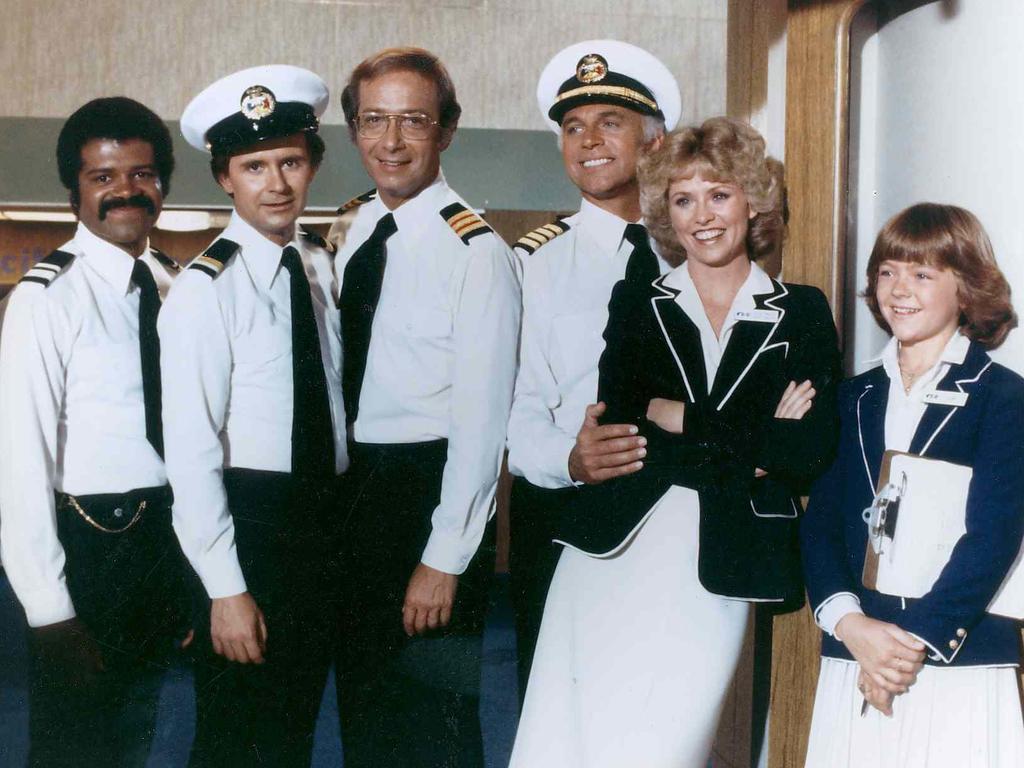

To join the conversation, please log in. Don't have an account? Register
Join the conversation, you are commenting as Logout